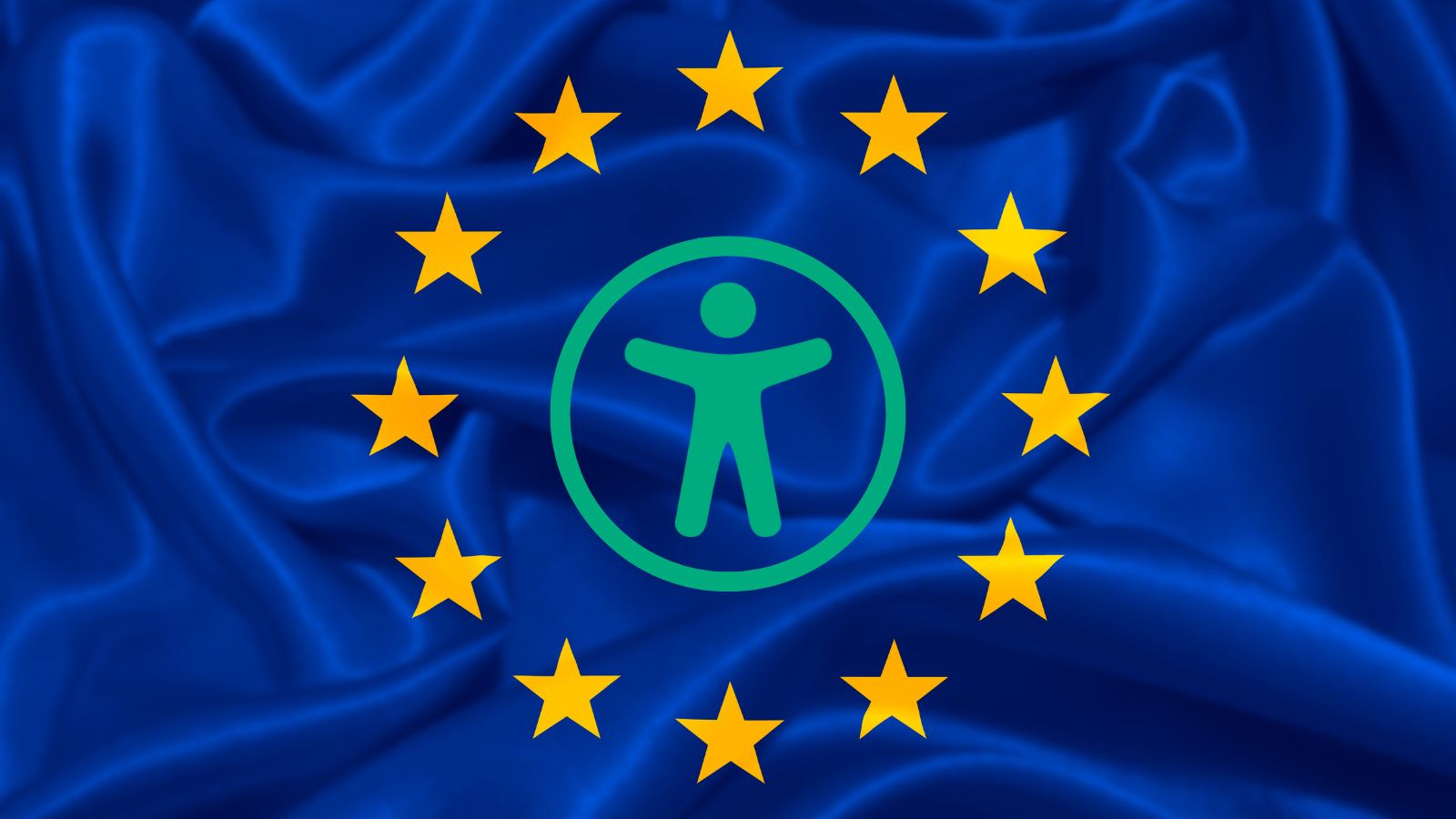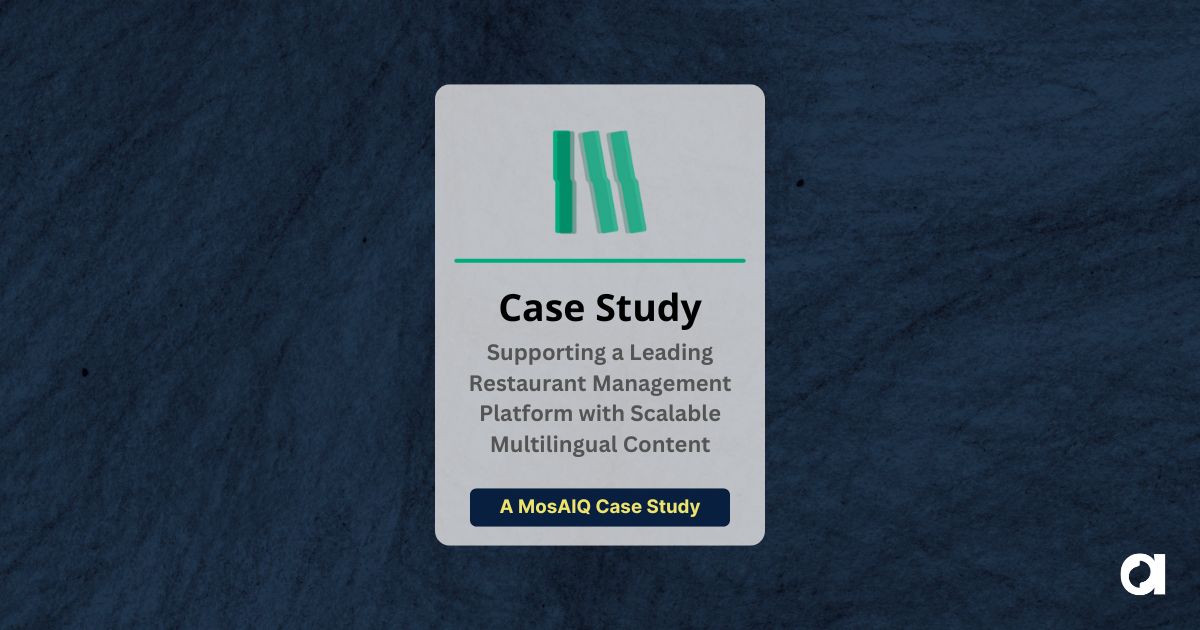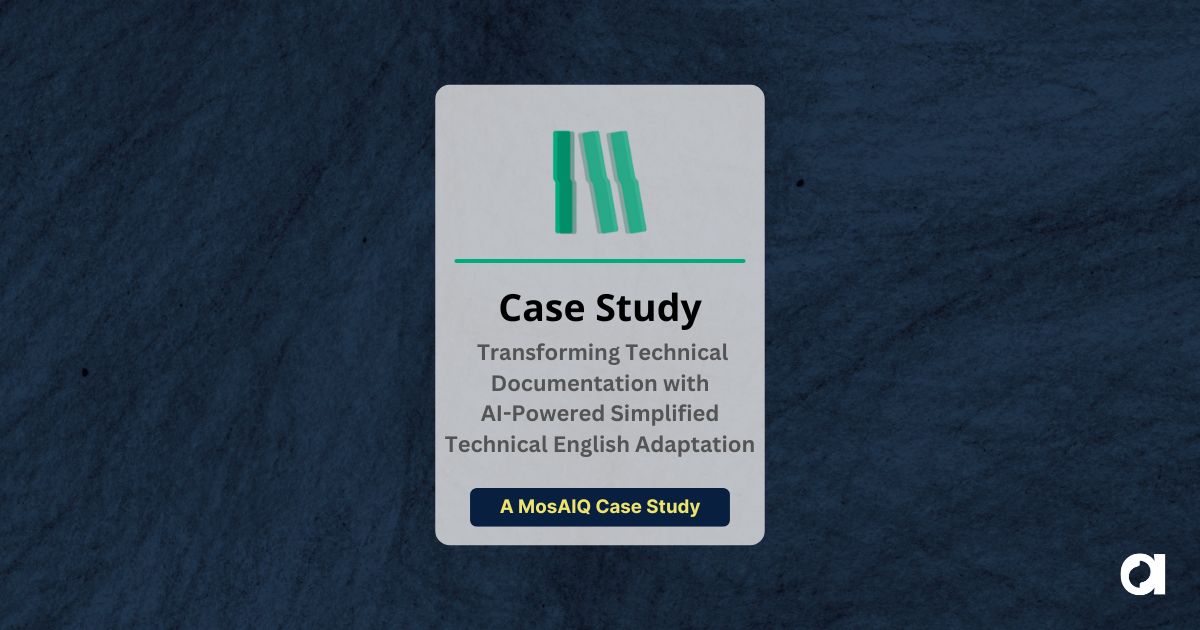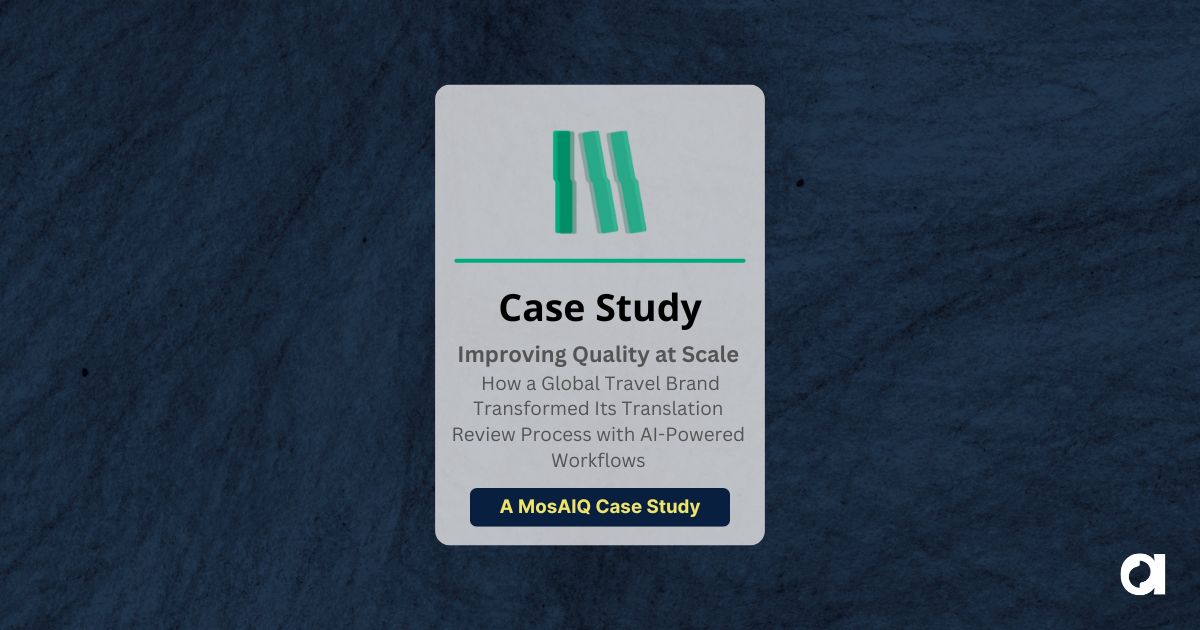The EU Accessibility Act (EAA) represents a significant step toward creating an inclusive digital environment across Europe by setting standardized accessibility requirements for digital products and services. It also underscores the European Union’s commitment to ensuring that everyone, regardless of physical or cognitive abilities, has equal access to digital content and tools.
The act applies to a wide range of digital products and services, including websites, mobile applications, e-books, and online banking services, among others. Compliance with the EAA is mandatory by the June 2025 deadline.
For businesses within or engaging with the EU, EEA compliance is both a legal requirement and a strategic advantage. Making websites, mobile applications, and digital services accessible can expand a company’s reach to EU residents living with disabilities.
Compliance enhances user experience and customer loyalty while also providing a competitive market edge. Moreover, adhering to the EAA’s standards simplifies cross-border operations by reducing the complexity of diverse national accessibility laws. As the deadline approaches, businesses must act swiftly to align with these standards to promote inclusivity and avoid potential legal issues.
Let’s take a closer look at the key aspects of the EAA, the business benefits of compliance, sector-specific impacts, and the crucial role of language services in achieving these goals.
Why Accessibility Pays Off
The EU Accessibility Act not only mandates legal compliance but also brings substantial business advantages. By embracing accessibility, companies can unlock new growth opportunities and enhance their market position.
Unlocking new markets: Complying with the EAA opens doors to a broader audience by making digital products and services accessible to the estimated 100 million people in the EU living with disabilities. This inclusive approach can lead to increased user engagement and higher conversion rates, driving growth and revenue by attracting and retaining a diverse customer base.
Upgrading the user experience: Accessibility is about enhancing the user experience for everyone. Accessible digital platforms improve usability by ensuring that content is easy to navigate and interact with, leading to greater user satisfaction and loyalty. Features like clear navigation, readable text, and intuitive interfaces benefit all users, making the digital experience more enjoyable and efficient.
Gaining a competitive edge: Adopting accessibility measures proactively can provide a strong competitive advantage. In a market where inclusivity is increasingly important, businesses that prioritize user-friendly design can stand out from competitors. This approach signals to customers and shareholders that the company is committed to inclusivity and forward-thinking practices, enhancing market positioning and attracting customers who value corporate social responsibility.
Cutting costs with compliance: Adhering to the EAA’s standardized requirements can lead to cost savings. Following a unified set of accessibility standards reduces the expense associated with complying with many different national regulations. This harmonization simplifies the development and maintenance of digital products, as companies no longer need to create multiple versions to meet various standards, leading to cleaner, more efficient code and lower operations costs.
Boosting brand reputation: It might be a bit obvious to most, but committing to accessibility enhances brand reputation. Businesses that embrace inclusivity are viewed more favorably by consumers, partners, and the public. This dedication builds trust and satisfaction among customers, enhancing loyalty and positive word-of-mouth marketing. Being recognized as a leader in digital access can also attract new business opportunities and partnerships, solidifying the company’s market position.
Accessibility in Action: Sector-Specific Benefits
The EU Accessibility Act will have significant effects across various sectors, including technology, finance, human resources, and retail, among others. Each of these sectors must ensure that their digital products and services comply with the accessibility standards set by the EAA.w
Technology companies will need to ensure that websites, mobile applications, and software are accessible to users with disabilities. This includes making sure that digital interfaces can be navigated using screen readers, voice commands, and other assistive technologies. Technical documentation and user manuals for products and equipment must also be accessible in digital formats.
Life Sciences, Medical, and Healthcare industries face unique challenges modifying complex patient portals, telemedicine platforms, and health information websites. Detailed medical information must be made understandable and navigable for users with various disabilities.
Financial institutions, including banks and online payment services, must ensure that their digital platforms are fully accessible. This includes making online banking websites and mobile apps usable by individuals with visual or motor impairments. The finance sector must also ensure that ATMs and other self-service terminals are accessible and include features such as audio assistance for visually impaired users.
In the Retail & Commerce sector, all aspects of the shopping experience, from browsing products to completing transactions, must be made accessible by modifying the usability of e-commerce websites and mobile apps. Retailers must also regularly update their digital content and train their staff to assist customers with disabilities to maintain compliance.
For HR and Corporate Communications, internal platforms such as intranets, training materials, and communication tools must be made accessible to ensure equal access for all employees, regardless of disability.
Across all these sectors, regular accessibility audits and updates to digital content are essential for maintaining compliance with the EAA. Businesses must continuously monitor their digital products and services to ensure they meet standards and promptly address any issues. These types of audits involve reviewing digital platforms for compliance with standards like WCAG 2.1 and EN 301 549, identifying areas of non-compliance, and implementing necessary changes.
Failure to comply with the EAA can result in significant penalties, including fines and legal action. Each EU member state is responsible for enforcing the EAA and determining the penalties for non-compliance. Penalties can vary widely, but are designed to be effective, proportionate, and dissuasive. Fines can range from a few thousand euros to substantial amounts depending on the severity of non-compliance and its impact on users with disabilities. Additionally, businesses may face legal action and be required to make corrective changes to their digital products and services.
Benefits Beyond Compliance
Accessibility can also significantly enhance search engine optimization (SEO). Accessible websites are often better structured, making them easier for search engines to crawl and index. Using proper headings, alternative text for images, and descriptive link texts enhances the user experience for people with disabilities and improves the site’s ranking in search engine results, leading to increased organic traffic and broader audience reach. In an upcoming article, we’ll also discuss the act’s impact on desktop publishing specifically.
Additionally, investing in accessibility drives innovation and operational efficiency. By implementing usability standards, companies often streamline their digital processes, resulting in more robust and user-friendly interfaces. This not only benefits users with disabilities but also enhances overall usability, leading to higher customer satisfaction and retention. Moreover, accessible internal systems enable all employees, including those with disabilities, to work more effectively, fostering a fairer and more productive work environment.
Realizing the Benefits
The EU Accessibility Act is a pivotal regulation that mandates legal compliance, while offering significant business advantages. The EAA will have a profound impact across various sectors, from technology and finance to retail and healthcare, compelling companies to ensure their digital platforms are accessible to all.
As the compliance deadline quickly approaches, businesses must act now to ensure alignment with this standard. Understanding the impact of the EAA and taking proactive steps toward compliance will help businesses avoid penalties and contribute to a healthier digital environment. Regular audits, updates, and staff training are essential parts of a comprehensive accessibility strategy that meets the EAA’s rigorous standards – we’ll talk more about this next time.
Stay tuned for our upcoming articles where we will examine preparing for compliance with actionable tips and best practices, avoiding common mistakes in achieving digital accessibility, and the impact of the EAA on desktop publishing (DTP) services.
Ready to Embrace the EAA?
To ensure your business meets the EAA’s requirements by the 2025 compliance deadline, start assessing your digital inclusivity today. Reach out to our experts and invest in regular audits to identify and address any areas of non-compliance. By prioritizing accessibility, you not only fulfill legal obligations but also position your business as a leader in inclusivity and innovation.
Contact us today to learn how we can help you navigate the EAA compliance process and create a more inclusive digital experience for all your users.
 Argos Multilingual
7 min. read
Argos Multilingual
7 min. read
Ensuring digital accessibility is about to become really important for businesses operating in or engaging with the European Union. That’s because the incoming European Accessibility Act (EAA) is setting some new and increasingly rigorous standards around useability and access that will take some time to address. With the compliance deadline set for June 2025, the […]

 Argos Multilingual
7 min. read
Argos Multilingual
7 min. read
Digital accessibility enables everyone, including people with disabilities, to use digital content and services. This involves designing and developing digital platforms that are functional and easily available to people with various disabilities, such as visual, auditory, physical, speech, cognitive, and neurological impairments. Emphasizing usability promotes inclusivity and improves the overall user experience. The European Union […]











